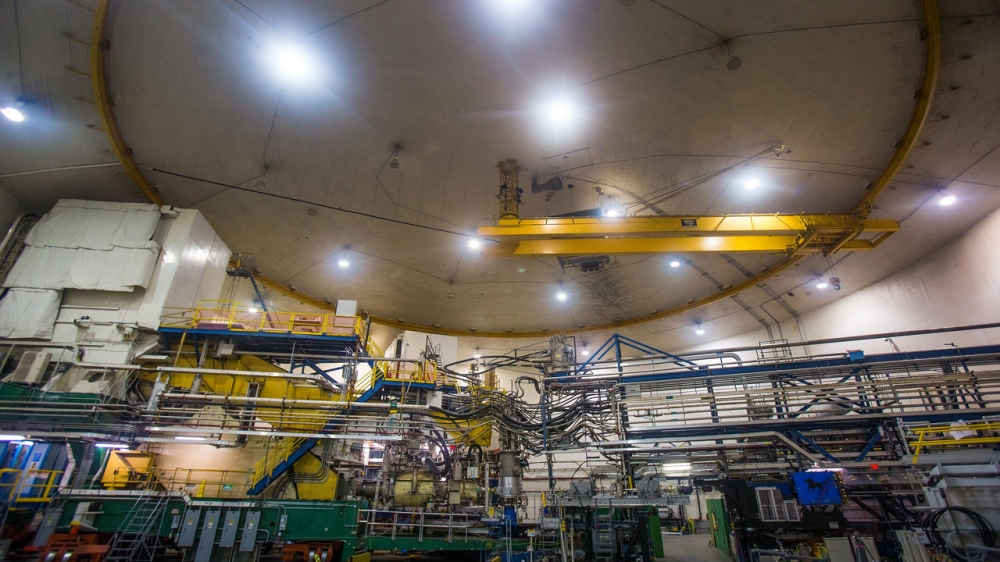Neutron stars may be bigger than expected, measurement of lead nucleus suggests

Researchers bombarded lead nuclei electrons at the Thomas Jefferson National Accelerator Facility. DOE JEFFERSON LAB
By Adrian Cho Apr. 27, 2021
Say what you want about lead, it’s got a surprisingly thick skin—of neutrons, that is. In fact, the layer of neutrons on the outside of a lead nucleus is twice as thick as physicists thought, according to a new study. The seemingly abstruse result could have out-of-this-world implications: Neutron stars, the ultradense spheres left behind when stars explode in supernova explosions, could be stiffer and bigger than theory generally predicts.
“It’s a fantastic experimental achievement,” says Anna Watts, an astrophysicist at the University of Amsterdam who studies neutron stars. “It’s been talked about for years and years and years, and it’s so cool to finally see it done.”
An atom’s nucleus consists of protons and neutrons stuck together by the so-called strong nuclear force. Neutrons generally outnumber protons. Not by too much, however, as a large imbalance in the number of protons and neutrons increases a nucleus’ internal energy and can make it unstable. Theory generally predicts a large nucleus consists of a nearly equal mixture of proton and neutrons surrounded by a skin of pure neutrons.
See full text
Similar article in APS